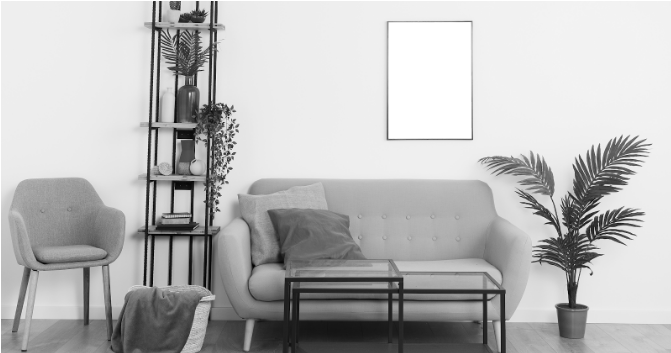Basement Waterproofing / Interior
Canada is richly endowed with freshwater resources with around 563 large lakes across the country, Canada has more lakes than any other country in the world, giving us an impressive non-renewable water supply. A water shortage in Canada is unlikely given it’s abundant water resources and level of water consumption.
Most of the Canadian population resides by the humid continental climate which is typified by large seasonal temperature differences, with warm to hot and often humid summers and cold and sometimes severely cold in the northern areas winters. Precipitation is usually distributed throughout the year, the mean temperature of the coldest month is below below −3 °C.
This also has a flip side mainly faced by the construction companies. Due to the High water table in the soil and humid climate across the largest populated cities in Canada created a problem of water seepage in the basement of many residential and Commercial buildings which calls for an effective measure in this regard.
In the first part of the article we had studies how to effectively build a watertight basement. After a Basement is built on a solid foundation and rooms built using the best of techniques like the Barrier protection technique commonly referred to as tanking works on the principle that creates a tank keeping water out or using the Structural integral protection technique commonly referred where the structure itself built on a waterproof reinforced concrete or the Drained protection technique which primarily works on the principles of removing water using cavity drain membrane.

The second Important phase involves waterproofing the interiors of the basement. This can be done using Barrier protection technique on the internal walls by creating an unbroken “monolithic” membrane that will act to keep water out.
Installing a backwater valve is another effective measures to save your basement from flooding if your home is on a slope or in a flood-prone area. Installing a backwater valve prevents sewer water from entering the basement through the toilet or sink in the event of a major downpour. Consequences of sewage flooding in the basement are unpleasant and water damage restoration is quite expensive.
One of the most complex solutions for interior waterproofing is Installing a drainage system. There are several approaches and materials that can be used. Some solutions are a French drain with a sump pump installation, rubber walls, water weeping tiles, and a drainage membrane. That system allows water to effortlessly escape without damaging the walls.
Another method to keep the interiors dry is to use a sump pump, a pump used to remove water that has accumulated in a water-collecting sump basin, commonly found in the basements of many homes. It is basically used where basement flooding happens regularly to solve dampness where the water table is above the foundation of a home. A regular annual maintenance is needed for your sump pump system. A sump pump must be inspected regularly because if not, it could fail when you need it most.
We can also improve the interior basement drainage system with the installation of waterproofing plastic sheets and panels on the walls. They allow walls to stay dry even in the case of a serious leak and facilitates flow to the drainage system. This measure is more expensive, but saves the interior without any visual damage. Below-grade windows sealing should be considered when doing interior waterproofing as many basement leaks are actually caused by improper window installation.
